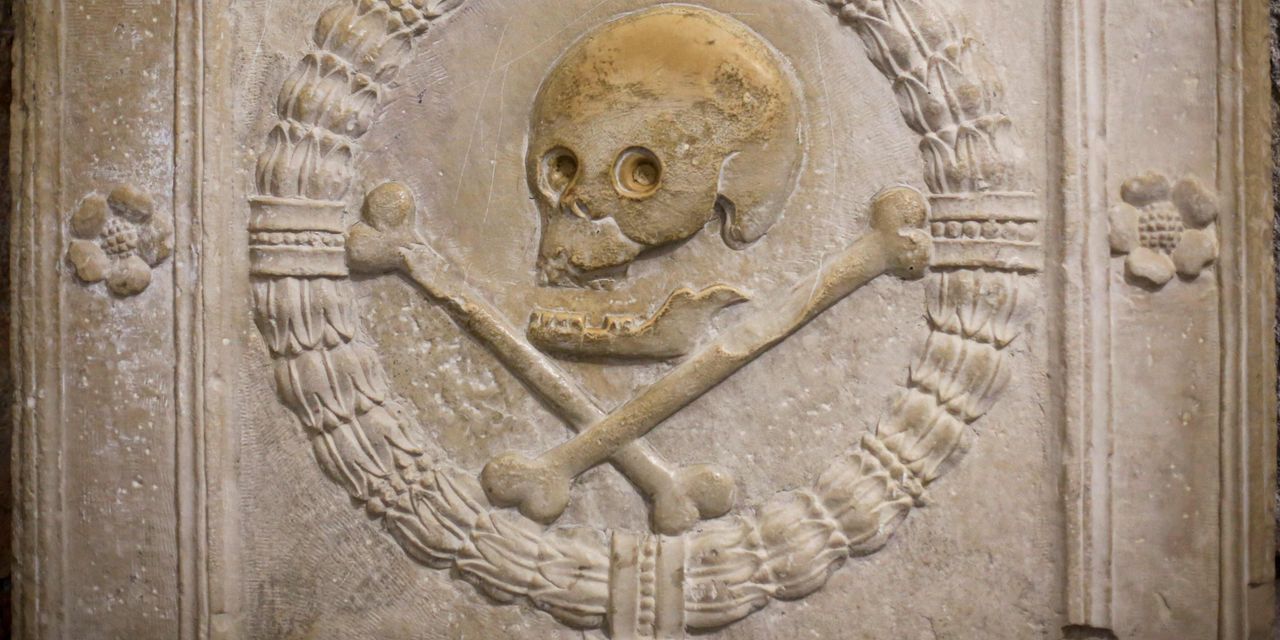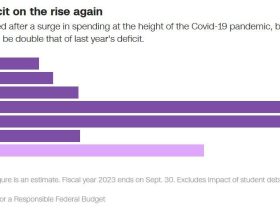The Russell 2000, an index of small-cap stocks, recorded a “death cross” on Friday, its first since April 21, according to Dow Jones Market Data. It also was the first time the index booked two death crosses in the same calendar year.
Small-caps sold off on Friday, continuing a pattern of underperformance that has persisted all year as crude-oil prices surged and investors sought out safety in Treasury bonds and gold. The yellow metal recorded its biggest daily gain since December, according to FactSet data.
The selloff left the index
RUT
down 14.54 points, or 0.8%, to close at 1,719.71. The only major indexes to see a bigger selloff on Friday were the Nasdaq Composite
COMP
and Nasdaq 100
NDX,
which each fell 1.2%.
Dow Jones Market Data shows the Russell 2000 typically sees a strong rebound during the six months and 12 months following a death cross, which occurs when an index, currency pair or security’s 50-day moving average dips below its 200-day moving average. Traders see patterns like this as a sign that a selloff is gaining momentum.
While the Russell was down 0.2% on average one month after previous death crosses, the index managed to gain 6.7% six months later, and 15% one year later, according to Dow Jones Market Data.
Recently, the Russell’s value relative to the highflying Nasdaq 100 hit an all-time low, surpassing previous highs reached at the peak of the dot-com bubble in March 2000, according to an analysis of historical data from Koyfin.
The death cross is occurring at a critical time for small-caps, which have been among the worst performers this year as soaring interest rates and Treasury yields have heaped more pressure on small firms, which are more exposed to rising borrowing costs than their larger peers.
Read the full article here












Leave a Reply